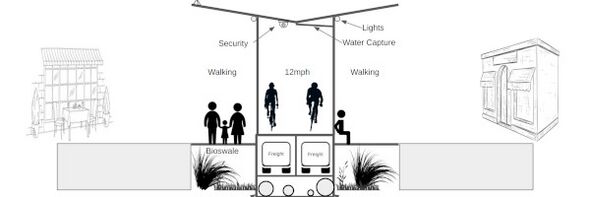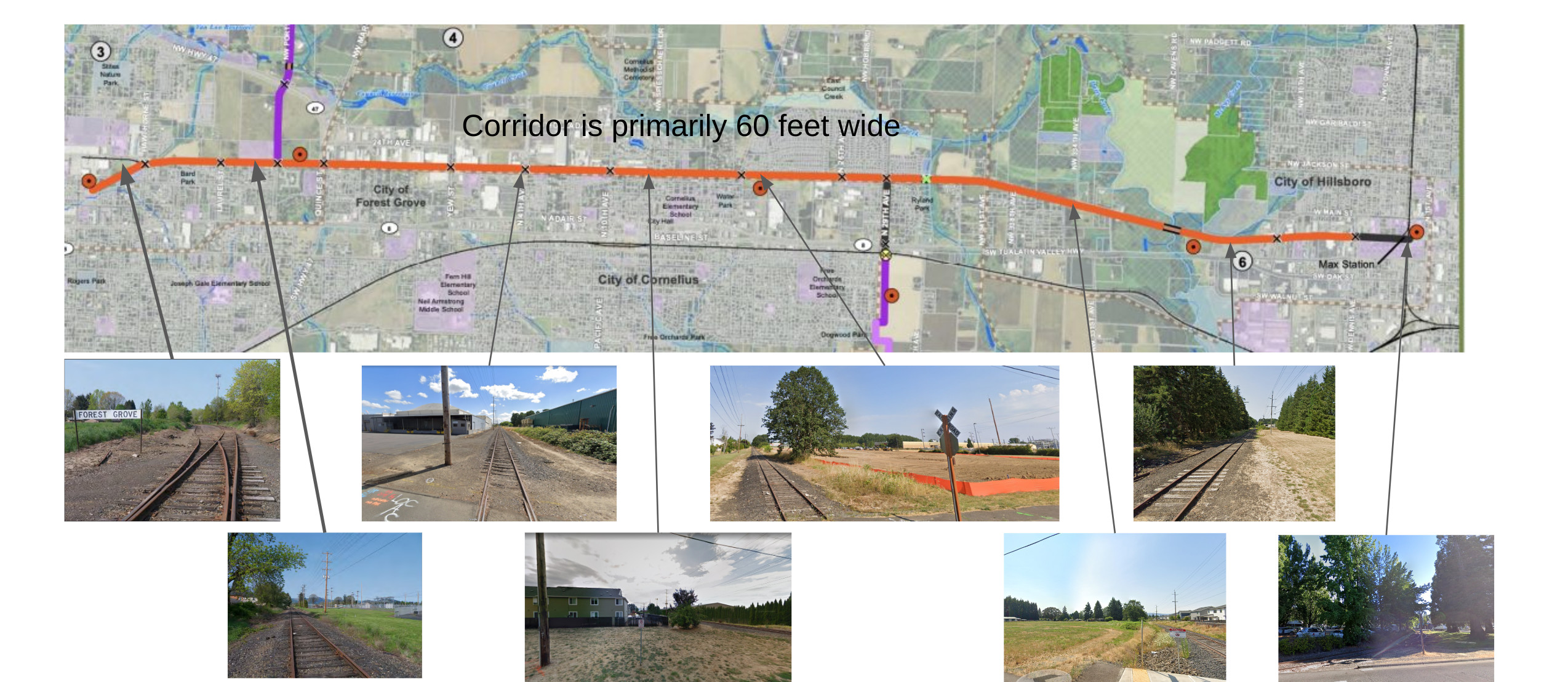Active Street: Difference between revisions
No edit summary |
No edit summary |
||
| Line 25: | Line 25: | ||
LSEVs can also help to support active transit by providing a convenient and accessible means of transportation to and from transit hubs, such as bus and train stations. They can also help to extend the reach of public transit, as they can travel to areas where larger vehicles cannot, providing more options for people to reach their destinations. In addition, LSEVs can also help to reduce the need for parking in densely populated areas, freeing up space for other uses. | LSEVs can also help to support active transit by providing a convenient and accessible means of transportation to and from transit hubs, such as bus and train stations. They can also help to extend the reach of public transit, as they can travel to areas where larger vehicles cannot, providing more options for people to reach their destinations. In addition, LSEVs can also help to reduce the need for parking in densely populated areas, freeing up space for other uses. | ||
==The Corridor== | |||
Converting the disused railway line between Hillsboro and Forest Grove, Oregon into an active transit corridor not only connects the communities of Forrest Grove and Cornelius to the TRIMET Light Rail station in Hillsboro but also has the potential to provide a number of opportunities for affordable housing and retail development along the route. This type of development can help to create vibrant and livable communities that are well-connected to the transit network and provide affordable housing options for people in the region. | |||
The 60' wide disused rail corridor has space to provide a catalyst for affordable housing and retail development, as it can attract new investment and development to the area. The conversion to an active transit corridor can provide the infrastructure and services needed to support new housing and retail development, such as improved access to water, sewer, and power services. In addition, the development of an active transit corridor can increase the visibility and accessibility of the area, making it an attractive location for investment and development. | |||
The development of affordable housing and retail along the route can help to create mixed-use, walkable communities that are well-connected to the transit network, reducing the need for single-occupancy vehicles and promoting physical activity creating new jobs, increasing tax revenue, and improving local businesses. | |||
[[File:CorridorHillsboro.jpg|Hillsboro, Cornelius, Forrest Grove Corridor|center]] | |||
Revision as of 23:19, February 12, 2023
| Active Street | |
|---|---|

| |
 Active Street™ | |
| Team Organizations | Urban.Systems |
| Point of Contact | Wilfred Pinfold |
| Participating Municipalities | Cornelius OR |
| Sectors | Transportation |
| Initiative | |
| Status | Concept only Stage |
| Last Updated | April 21, 2025 |
Summary
The vision to connect the end of the TriMet MAX line in Hillsboro to the Banks-Vernonia State Trail… has been a part of city and regional plans for many years. The section of this trail that runs along an old rail line between Hillsboro and Forrest grove offers some exciting opportunities for this Active Street™ concept. The Active Street™ concept combines active modes of transit such as walking and cycling with Low-speed electric vehicles (LSEVs). LSEV are a type of electric vehicle that operate at speeds below 35 miles per hour. These vehicles are typically smaller and more maneuverable than traditional vehicles, making them ideal for short trips within communities and urban areas. LSEVs are often used for personal transportation, delivery, and commercial purposes. They are known for being environmentally friendly, as they emit zero emissions and are powered by clean, renewable electricity.
COMET electric vehicle (Pangia)
Xiaomi M365 (Xiaomi)
Cargo_bike (London Cargo Bike)
LSEVs complement active transit, such as walking, cycling, and public transit, by providing an alternative mode of transportation for short trips and filling the gap between walking and cycling and public transit. They can also help to reduce traffic congestion and air pollution in urban areas, as they are more efficient and emit fewer pollutants than traditional gas-powered vehicles.
LSEVs can also help to support active transit by providing a convenient and accessible means of transportation to and from transit hubs, such as bus and train stations. They can also help to extend the reach of public transit, as they can travel to areas where larger vehicles cannot, providing more options for people to reach their destinations. In addition, LSEVs can also help to reduce the need for parking in densely populated areas, freeing up space for other uses.
The Corridor
Converting the disused railway line between Hillsboro and Forest Grove, Oregon into an active transit corridor not only connects the communities of Forrest Grove and Cornelius to the TRIMET Light Rail station in Hillsboro but also has the potential to provide a number of opportunities for affordable housing and retail development along the route. This type of development can help to create vibrant and livable communities that are well-connected to the transit network and provide affordable housing options for people in the region.
The 60' wide disused rail corridor has space to provide a catalyst for affordable housing and retail development, as it can attract new investment and development to the area. The conversion to an active transit corridor can provide the infrastructure and services needed to support new housing and retail development, such as improved access to water, sewer, and power services. In addition, the development of an active transit corridor can increase the visibility and accessibility of the area, making it an attractive location for investment and development.
The development of affordable housing and retail along the route can help to create mixed-use, walkable communities that are well-connected to the transit network, reducing the need for single-occupancy vehicles and promoting physical activity creating new jobs, increasing tax revenue, and improving local businesses.






